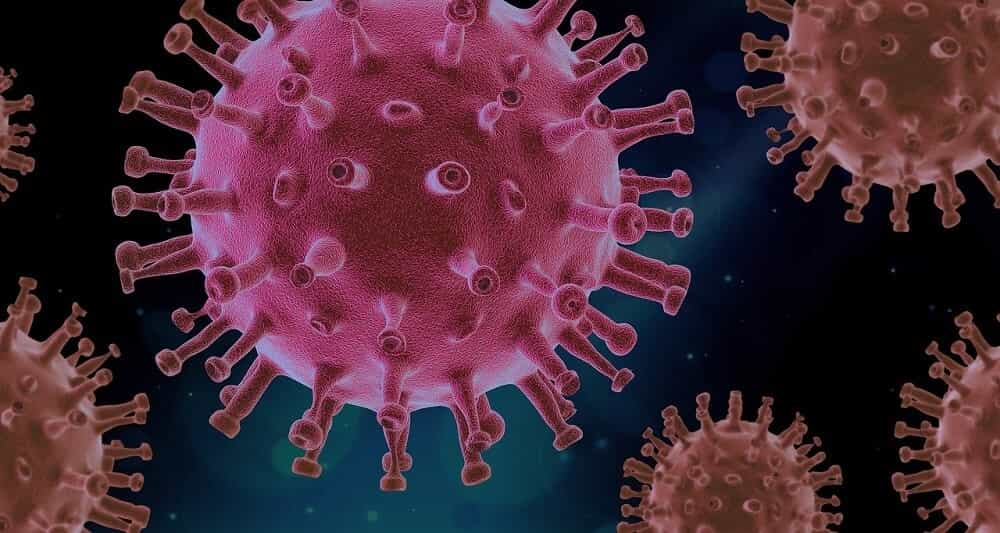Human Immunodeficiency Virus (HIV) affects the immune system by destroying CD4 cells, a type of white blood cell that can fight infections. Losing these cells makes it difficult to fight infections and some HIV-related cancers. Without any HIV treatments, virus can gradually destroy the immune system by evolving into AIDS, the acquired immunodeficiency syndrome, the last stage of HIV infection. Not everyone with HIV develops AIDS.
How do you know if you have HIV?

The only way to be certain that you have contracted the HIV virus is to get tested. It is not possible to rely on symptoms only to know your real state of health. Knowing your HIV status gives you the opportunity to take the right steps to keep yourself and your partner healthy. If you test positive, there are medicines to treat HIV.
HIV positive people who treat themselves daily as prescribed can live long and healthy lives and prevent transmission to others. Without treatment for HIV, the virus replicates in the body and damages the immune system. This is why it is necessary to start treatment as soon as possible after a positive test. If you get a negative test, the aim is to prevent HIV: if you are pregnant, taking the HIV test in early pregnancy, the risk of passing on HIV to the baby can be very low.
What Are the Symptoms of HIV?
The symptoms of HIV can be very diverse from person to person, and depend on the stage of the disease in which they are found. Below, the three stages of HIV and some of the characteristic symptoms that can occur.
Phase 1: Acute HIV Infection
Within 2-4 weeks of HIV infection, approximately two thirds of people will have a flu-like illness, as the body’s natural response to HIV infection. Flu-like symptoms can include fever, chills, rash, night sweats, muscle aches, sore throat, fatigue, swollen lymph nodes and mouth ulcers.
Phase 2: Clinical Latency
Later, known as chronic HIV infection, the virus continues to multiply at lower levels, in fact individuals often do not feel bad or have particular symptoms. Without any treatment, for some patients this phase can last up to 10 or 15 years. Although asymptomatic, infected people can still transmit the virus during this phase; for this reason it is important to consult your doctor regularly to get control of your level. If you continue treatment for HIV every day, as prescribed, you can check your viral load in an undetectable range, to protect your health and prevent transmission to others.
Phase 3: AIDS
If you have HIV and are not being treated for HIV, virus will eventually weaken your body’s immune system and switch to real AIDS (acquired immunodeficiency syndrome). This is the advanced stage of HIV infection. AIDS symptoms can include: rapid weight loss; recurrent fever or heavy night sweats; extreme and unexplained tiredness; prolonged swelling of the lymphatic glands in the armpits, groin or neck; diarrhea lasting more than a week; mouth, anus or genitals ache; pneumonia; red, brown, pink or purplish spots above or below the skin or inside the mouth, nose or eyelids; memory loss, depression and other neurological disorders.
You may also like
Hearing loss: things to know before buying a hearing aid
Choosing a hearing aid isn’t easy, especially if you’ve never used one. They come in different shapes, colors and levels of technology.The first factor in determining which hearing aid to choose is your hearing loss, which could range from very mild to severe. Next, you need to know what you would like it to be… Continue reading Hearing loss: things to know before buying a hearing aid
Small Lymphocytic Lymphoma (SLL): Symptoms and Treatments, Causes and Diagnosis
Small lymphocytic lymphoma (SLL) is a cancer of the immune system. It affects infection-fighting white blood cells called B cells. SLL is a type of non-Hodgkin’s lymphoma, which along with chronic lymphocytic leukemia (CLL) indicates the same type of disease, treated the same way. Whereas in SLL, the cancer cells reside primarily in the lymph… Continue reading Small Lymphocytic Lymphoma (SLL): Symptoms and Treatments, Causes and Diagnosis
Diabetes Type 2: Epidemiology and Prevention
Diabetes Epidemiology Diabetes is a very common disease. New updated data from the new International Diabetes Federation (IDF) Diabetes Atlas show that more than 34 million Americans have diabetes (1 in 10 individuals), of whom approximately 90-95% have type 2 diabetes. In UK the situation is slightly better: with nearly 4 million sufferers, about one… Continue reading Diabetes Type 2: Epidemiology and Prevention
Small Lymphocytic Lymphoma (SLL): Stats, Causes and Diagnosis
Small lymphocytic lymphoma (SLL) is a cancer of the immune system that affects the white blood cells that fight infection, called B cells. SLL is a type of non-Hodgkin’s lymphoma, as is chronic lymphocytic leukemia (CLL). Both cancers are basically the same disease, and are treated in almost the same way. The difference between the… Continue reading Small Lymphocytic Lymphoma (SLL): Stats, Causes and Diagnosis
